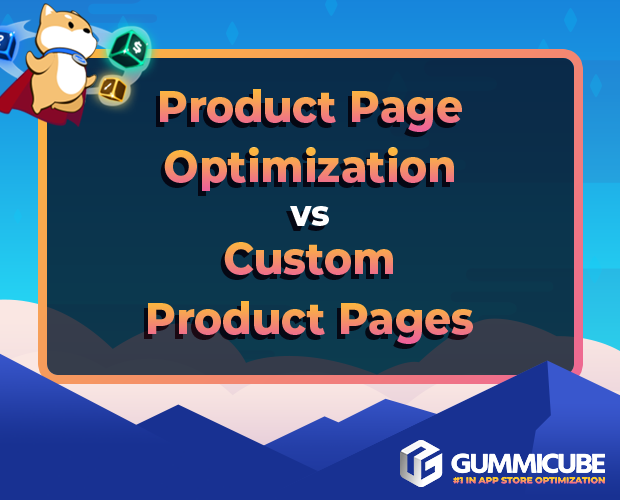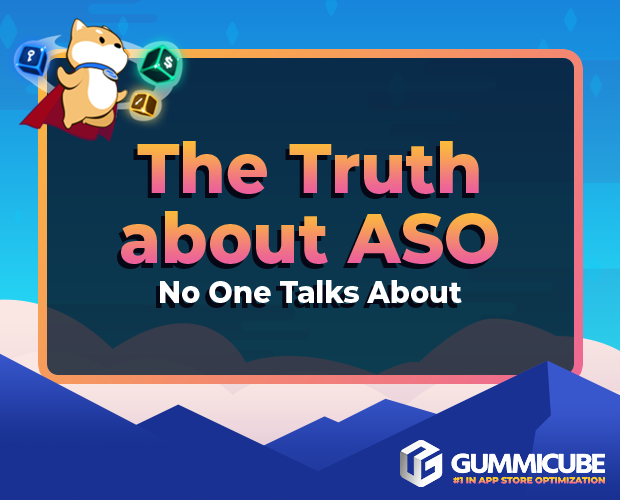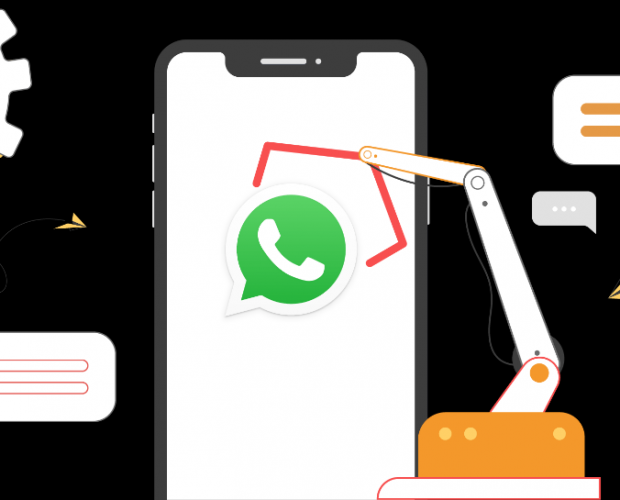Lawrence Weber, Head of Digital Projects at brand response agency LIDA, explains why marketers would be wrong to abuse the potential power of BlueCasting

As with most new technological advances, marketers tend to leap on the bandwagon with no thought for the long term strategic view. For example, when SMS first became popular back in the 90s, marketers over-enthusiastically texted every mobile phone number they could get their hands on, forgetting the golden rule of relevance. A consumer backlash ensued, resulting in many big brand names dropping SMS from the media mix - including spearhead SMS users McDonalds.
With the introduction of the Privacy Directive over a year ago, marketers have had to reassess their use of SMS, and have consequently become increasingly 'creative' with the channel - using it as not only as a promotional medium but also as a customer services tool. For example, consumers are now able to sign up to texts from their bank telling them that their wages have been deposited or that they are about to go overdrawn. This has boosted consumer confidence in the medium, and marketers are slowly beginning to reintroduce correspondence with their customers in a marketing/advertising focused manner, but in a permission-based environment.
Now, a new mobile phenomenon is emerging - BlueCasting. But have marketers learnt from their previous mistakes? If not, BlueCasting could spell trouble for mobile marketing, just as it is being accepted as part of the digital mix. It has the potential of becoming a hugely powerful channel, but only if it is used responsibly.
Marketers are already beginning to cast content from new digital screens on buses, bus stops, posters, shops - the list is endless. Yet, does this mean that consumers with bluetooth-enabled phones that are visible will be bombarded with transmissions?
The UK mobile phone industry is booming. According to the Office of National Statistics, 75% of UK households now have a mobile phone, with the average number of mobile accounts per household a staggering four! These days, in fact, youre hard pushed to find someone between the age of 16 and 50 that doesnt own a mobile.
Furthermore, research from the Mobile Data Association reveals that last year, 2.4 million messages were sent every hour in Britain, making mobile one of the most powerful and versatile communications media. It is also a highly personal device, and one of the few things people refuse to leave home without. We can be reached at any time of the day, almost wherever we may be, and this is what makes the mobile phone a perfect marketing tool. And hence makes BlueCasting an exciting prospect for marketers.
However, there are a number of hurdles chiefly legislation. Last month, Viacom Outdoor launched a network of Bluetooth-enabled poster sites across the London Underground. Yet, these sites might breach the Privacy Directive, because people walking within 8 metres of the posters will receive messages without the option of blocking them. Critics believe that a consumer having Bluetooth enabled on their phone does not equate to them giving their permission to receive marketing messages, even if the first message seeks their permission to be sent subsequent messages.
As a result, next month the DMA will publish guidelines on marketing via Bluetooth and will raise the issue of initial opt-in with its new Mobile Marketing Council. This is extremely encouraging, hopefully meaning that marketers will learn to walk before racing ahead with this new channel.
No matter what the outcome, I cant help thinking that whatever emerges with the advent of BlueCasting, the issue here has to be consumer choice. Communications must be targeted, permission based and above all engaging to combat consumer aversion. A mature, long-term approach that focuses on creating a dialogue with a customer - not a monologue - is essential. Otherwise, we risk wrecking the potential of this exciting, new medium.
For more on BlueCasting and mobile marketing spam, visit consumer-preference.com







